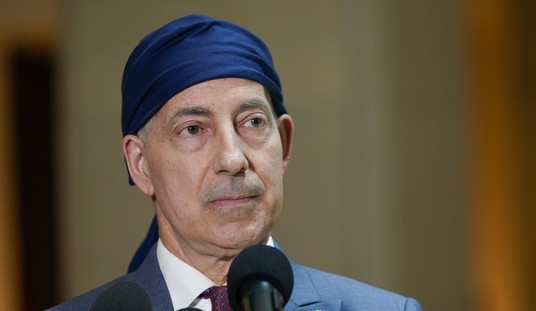The media has been interested in strength training recently, although they don’t know that’s what they’re actually interested in.
A recent study published in the British Medical Journal Open morphed into this headline from Reuters: “Screen Time Linked to Weaker Bones in Teen Boys.” Reuters refers to this as having been a “small Norwegian study,” when actually it used a decent-sized cohort for a study of this type. The study comes to the astonishing conclusion that bones adapt to stress the same way all other living tissues do: they “de-train.” They adapt to sitting on your backside for most of the day by losing their density.
In this case, the study was performed on teens, boys and girls ages 15-19 (for several reasons, I’m not addressing the findings on the girls — read the paper to see why), and this is why it’s attracting so much attention. The kids were divided into groups based on the amount of time they spent watching TV or on the computer on weekends and weekdays. Astonishingly, as I’ve already mentioned, those boys who watched the most TV or spent the most time online had lower bone density than those who spent less.
You may hear this reported in the media in such a way as to infer that the rays from the TV screen lowered the density of the lazy little creatures’ bones. This will be explained by people who have been hired for their hair or their voices, not for their ability to parse subtle scientific points.
Be assured that the stress/adaptation response is in full operation here, just like it is everywhere else. If the stress requires denser bones, bones get denser. If the stress is removed from bones, their density is diminished. Bone-sucking rays emanating from the screen have nothing to do with it.
The difference here is that they are kids. They are developing the skeletal architecture they will have for the rest of their lives, and this period of stress and adaptation makes a big difference in the way their later years will be spent, in terms of hips, knees, shoulders, and elbows.
As a fetus develops in the womb, the bones develop along with the muscles, under the load provided by muscular tension. Without this muscular tension, babies develop an abnormal skeletal morphology. The loading of the skeletal components by gravity commences immediately upon birth, as the bones begin to get used to the idea that they have to support the body. Skeletal loading is required for bone to remain healthy, because the job of the skeleton is the transfer of force. One of the biggest obstacles to space travel in the absence of gravity is the loss of bone mineral — remember: the skeleton adapts to the stress imposed on it — and this constitutes a huge problem for space travelers returning from a long mission.
(I know how to fix this cheaply and easily. Maybe someday someone will ask me.)
Pediatric bone specialists know that the skeletal characteristics acquired in the adolescent and teenage phases of development are carried forward into adulthood. Stronger and bigger teenage bones beget stronger and bigger adult bones. A thicker teenage sub-cartilaginous bone layer — under the hip joint cartilage, for example — acquired through the stress of loaded work, play, and exercise is a thicker adult sub-cartilaginous bone layer, and a hip that is more resistant to osteoarthritis than that of a lazy kid/sedentary adult.
It has been my experience that most practicing pediatricians don’t know this. Most pediatricians advise children and their parents that kids should avoid lifting weights, under the pretense that it damages young joints or, for God’s sake, stunts the growth.
I once had a kid — a large, not-very-explosive kid — who was told by his pediatrician, “I’d hate to see you jeopardize your career in sports by lifting a bunch of heavy weights.” This is a comically tragic miscarriage of professional authority, and very bad advice.
Every farm kid who grows up hauling hay has grown up lifting weights. Millions of kids have grown up even in this very decade of the 21st century lifting heavy loads every day as a part of making a contribution to the family business. And for about 50 years, the University of Nebraska football program has taken advantage of the results.
Until the government sits us all down in our chairs, farm kids will continue to work hard with their bodies, without the need for pediatric medical intervention, and without “growth stunting.”
In lieu of hauling hay, which not everybody has access to, teenage humans should lift weights. It’s safe, it’s infinitely adjustable to the individual’s strength level, and the loads can be incrementally increased so that it’s always programmed to produce improvement in strength, power, and bone density. The same thing applies to adults and strength training, but the effects of starting out young are beneficial for the rest of your life.
If your kid wants to spend all weekend on the computer, 45 minutes under the bar goes a long way toward undoing the damage.
Photo via AP Images










Join the conversation as a VIP Member